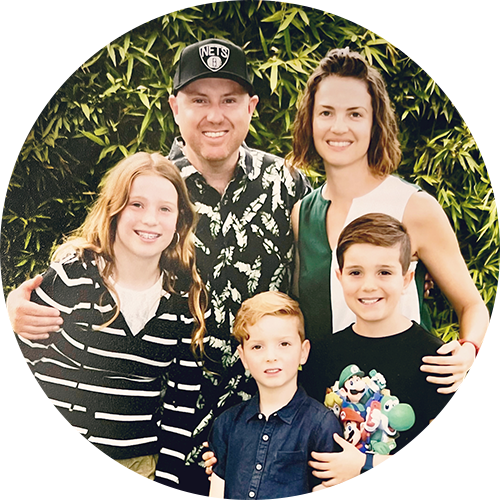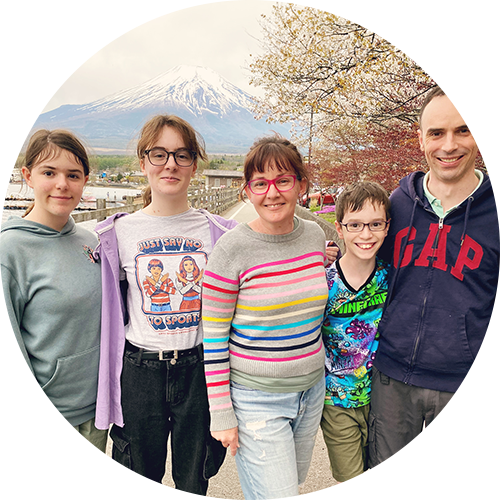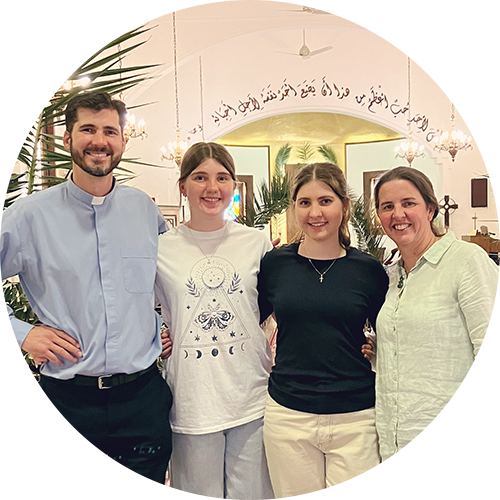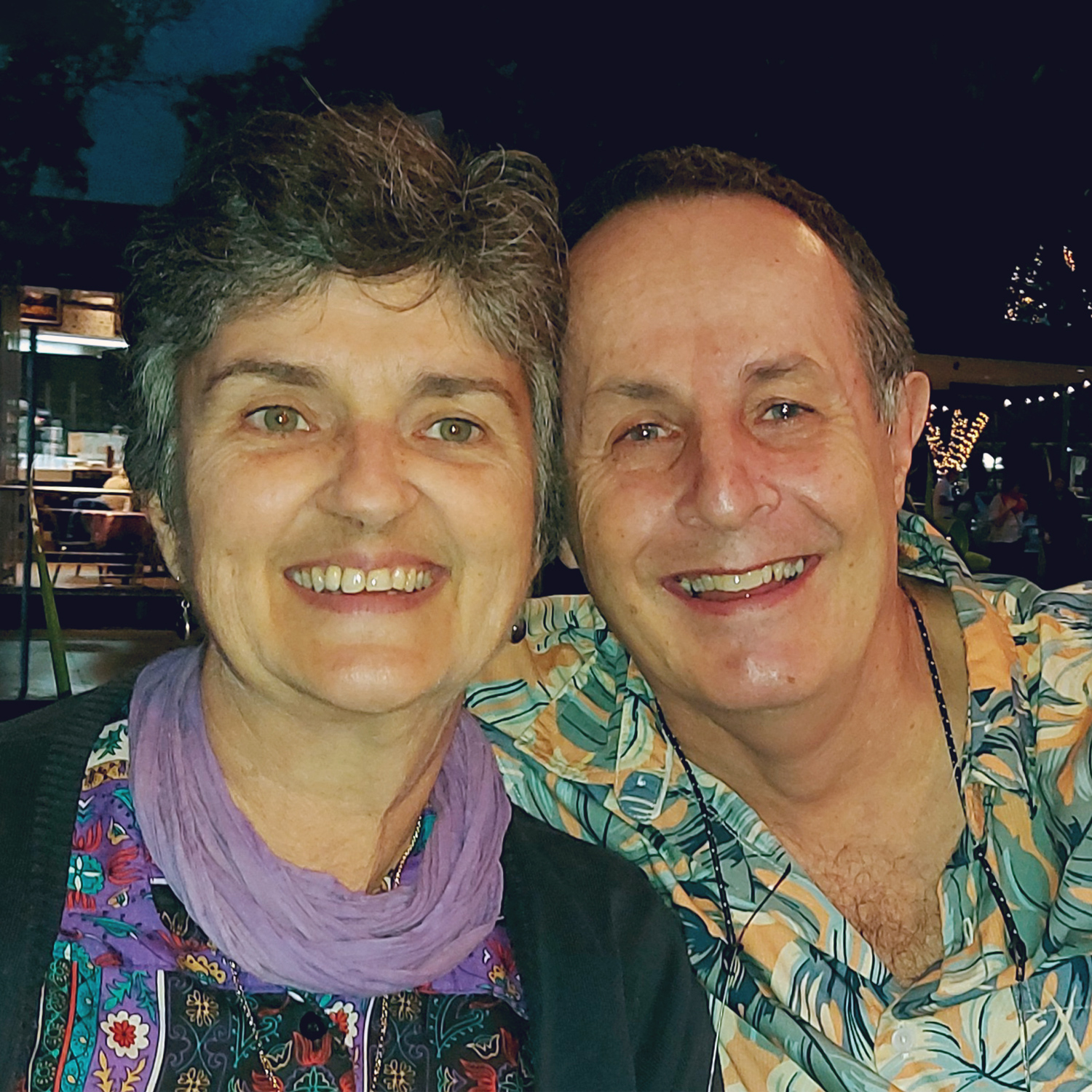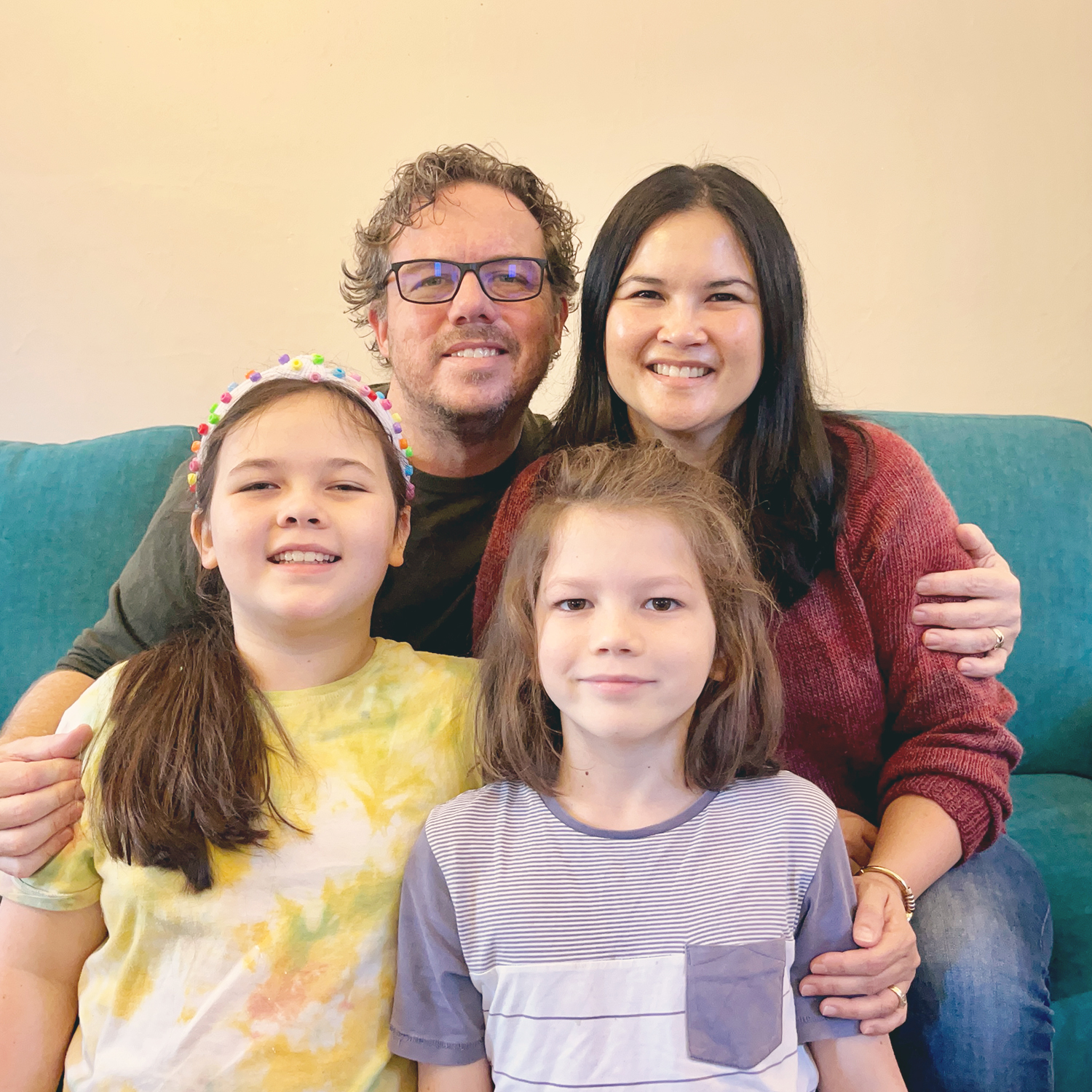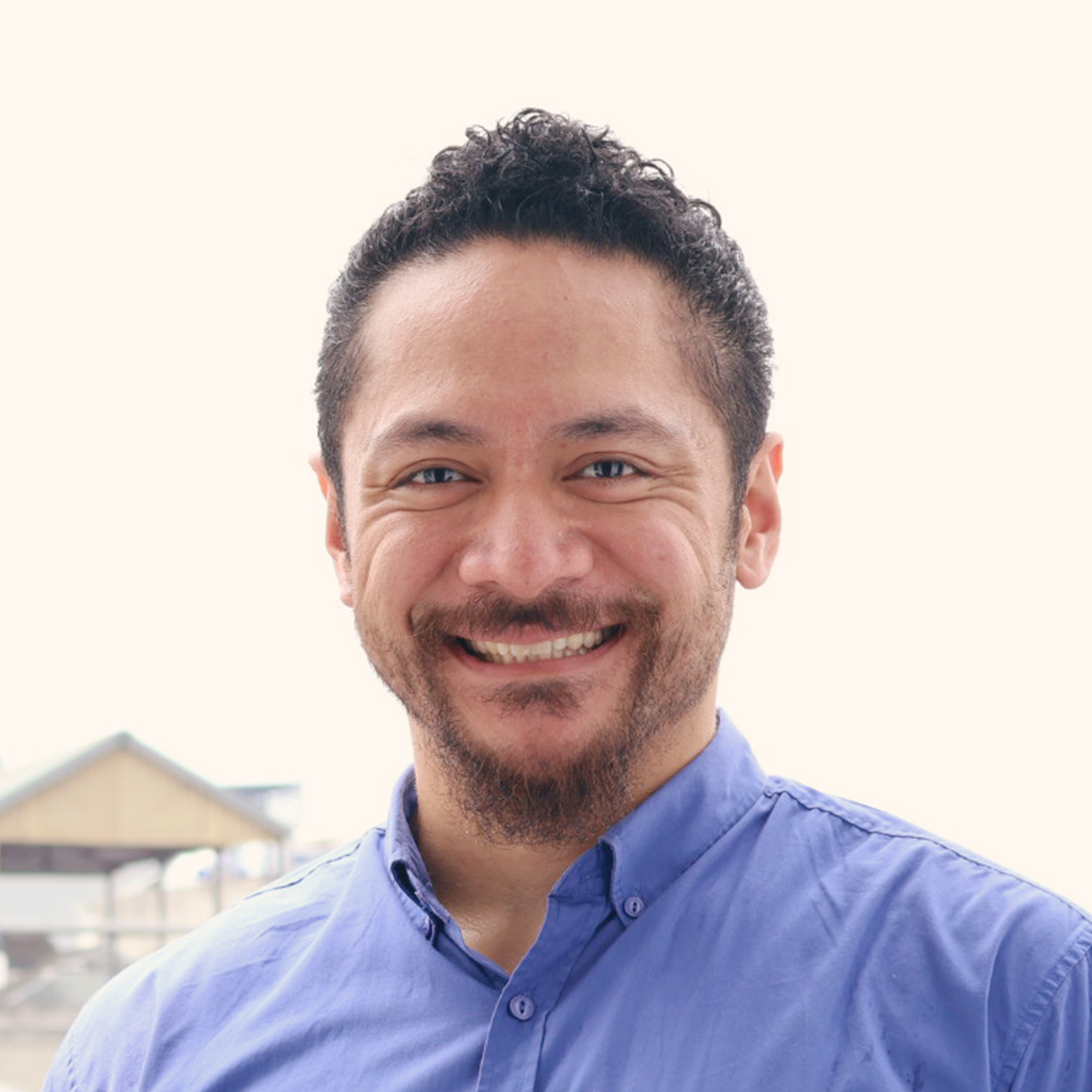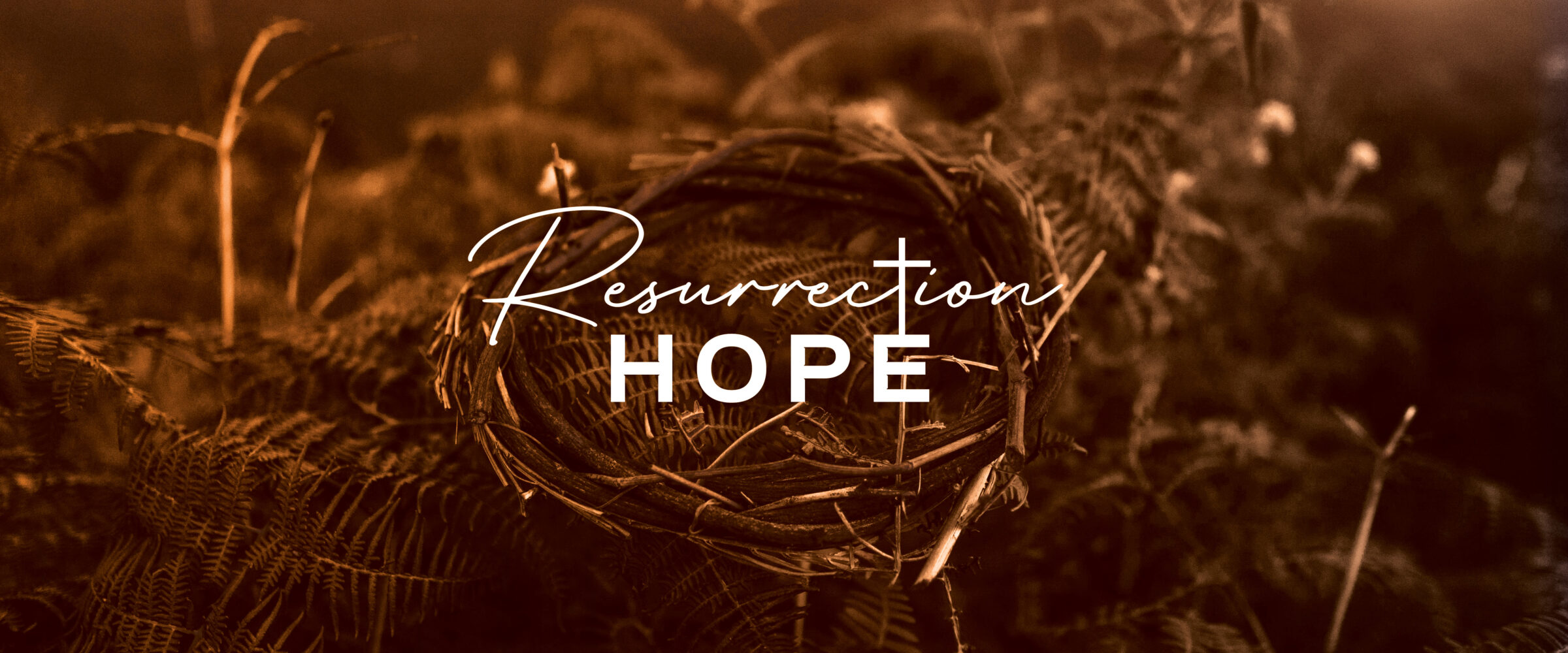The diversity factor: relating to a range of people
Ex-CMS missionary Greg Anderson is now bishop of the Northern Territory. In this, the fifth of six articles on humility in mission, Greg writes about some of the difficulties associated with politeness and cultural norms, and dealing with these as a Christian and as a missionary.
Article One is Skin-deep mission: how Western missionaries are perceived.
Article Two is The Money Factor: Relatively Rich Mission Agents.
Article Three is The Politeness Factor: Relatively Rude Mission Agents.
Article Four is The Lifestyle Factor: Relatively Free Mission Agents.
You are currently viewing Article Five is—The Diversity Factor: Relating to a Range of People.
Article Six is When Difference gets me down.
Australia is known as one of the most multicultural nations on earth. Of course, this reputation has developed most since the early 1970s (does anybody remember the name Al Grassby any more?), but that is partly because of the way multiculturalism is thought of in our current (Western) world.
In other ways of thinking, ‘Australia’ had been multicultural for centuries before Federation moved in the direction of the White Australia policy. The Indigenous people of this continent and its offshore islands came from numerous different people groups, with a significant diversity of languages, kinship structures, musics, ceremonies and technologies; at the same time, there were also significant commonalities across this diversity, we might say in the domain of worldview.
After the British turned up in 1788, it was not long before there were migrants and visitors from many other parts of the world as well. In the early decades of the history of Darwin (where I live), from the late 1860s, the Chinese population was much more numerous than the European population, and the same was true earlier than that on many goldfields in Victoria, New South Wales and Queensland. My own Chinese ancestry is probably related to the Palmer River gold rush in North Queensland in the 1870s. My Chinese great-great-grandfather married my Scottish great-great-grandmother in Cairns—an unusual and controversial event in those days.
Diversity—curse, or cause for celebration?
Because it is more than fifty years since Australia’s ‘new’ multiculturalism began, people like me take for granted that it is normal for diverse people groups to be living together, and this is likely to shape the thinking of Australian missionaries. But it helps if we are aware of the way our thinking may be different from those we are ministering among.
People like me see it as a point of celebration that the vision of Revelation 7 includes a countless multitude which is described in terms of its ethnic diversity. I celebrate that in the Northern Territory, the multi-ethnic mix of our churches seems like a pointer to John’s heavenly vision.
But diversity of people is not the case everywhere in the world, or is not always viewed positively everywhere. The gift of linguistic diversity on the Day of Pentecost was a cause of wonder and amazement, an undoing of the the communication confusion that God created after the Tower of Babel.
But the first hearers or readers of the Babel narrative presumably understood linguistic diversity as negative, a curse rather than a blessing. At one of the CMS summer conferences this year, we heard from one speaker that in the area where she ministers, children of racially mixed parentage are regarded as automatically ugly. Too bad for my great-grandmother! In other places, races may be regarded hierarchically—as was the case in the Western culture until recently, and of course, as is the case still in parts of the Western world—indeed, it was a dogma of Western science when the British turned up to live on the Australian continent, and many missionaries were among those who challenged it. Inevitably, local people regard their own culture and language as superior, and those who are different from them as inferior or just plain wrong. Racism is not confined only to the world’s powerful people.
Dealing well with diversity
How are we to deal with this reality when we are engaged in ministry in a world which is ethnically more and more diverse and complex?
A first step may be to recognise the reality as it is, in whatever situation we find ourselves. It is very likely that I will see my own cultural way as superior to those who are different from me. Worse, it is likely that I will see my own ‘cultural being’ as superior.
At the same time, those I live and work with (who are different from me) are likely to see me as inferior, wrong (or at best ignorant), even ugly. And because of the way the world’s knowledge of the other is constantly increasing, I may be perceived as not just inferior, wrong and ugly, but posing a threat to the superior, right and beautiful (especially if I am in a position of power).
Some of my postgraduate studies were in the area of ethnomusicology—non-Western music (because of course, ‘ethno’ excludes the music of the West!). Along the way, I had some tiny part in a Western academic project that challenged the view of a highly prestigious Asian musical culture that its own music had remained unchanged for a thousand years. The Western project provided a scholarly proof that this was not the case, but they weren’t thanked for it by the local musicians!
1. Undercut the idea that Christianity is Western
Part of the reality of ministry across the world today is that Christianity is almost certainly associated with the West (still!); and we must ask ourselves what steps we are constantly taking, and what extra steps we need to take, to undercut this view, so that people are not rejecting Jesus because Christianity is Western, or desiring Jesus because Christianity is Western. I find it an ongoing challenge and stimulus that Paul lists ethnic diversity in Colossians 3:11 – Jew, Greek, ‘Barbarian’, Scythian – and then says that Christ is all as well as being in all.
2. Not every church must express ethnic diversity
A second step might be to not play the Revelation 7 card too soon, or as a trump card. The ethnic diversity around the throne of God and the Lamb doesn’t mean that each church must express ethnic diversity. How would that happen in many places in Japan? We need sensitivity and understanding around the local dynamics of attitudes around diversity if we are to bring a gospel perspective in a helpful way.
3. Insist that each person is in the image of God
Thirdly, because ethnocentrism or racism themselves denigrate parts of the human family, it is so important that all Christians continue to bear witness to the fact that each person, regardless of their ethnic origin or identity, is made in the image of God, is loved by God, and has had the way of salvation through Jesus opened up to them.
Testing our assumptions
One of the themes of this series of articles has been that carefully finding ways of bringing into the open hidden attitudes and mental default settings—in ourselves, and in those that we serve among—will be helpful in our ministries. This is a particular challenge in the area of ethnic diversity, because it touches so deeply on who people think they are.
It would be good to pray regularly that we will have accurate insight and helpful communication in this area.




















